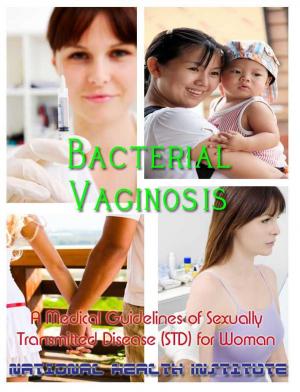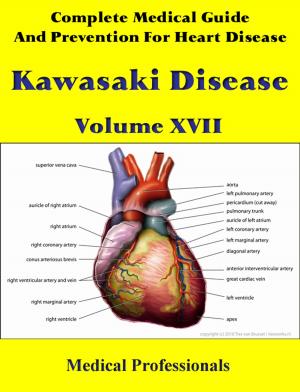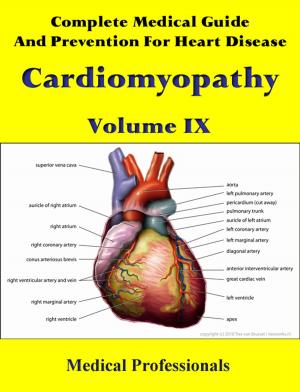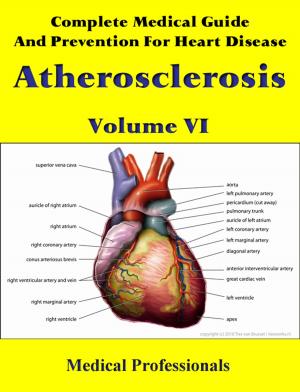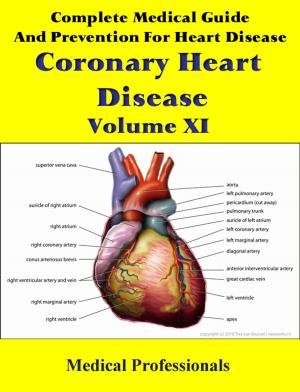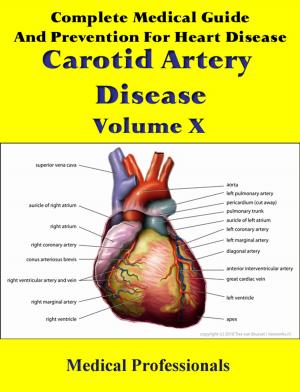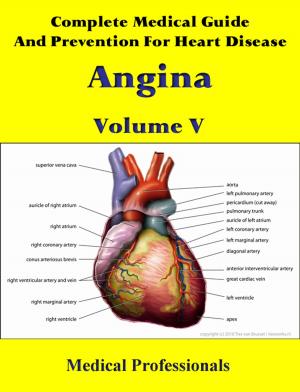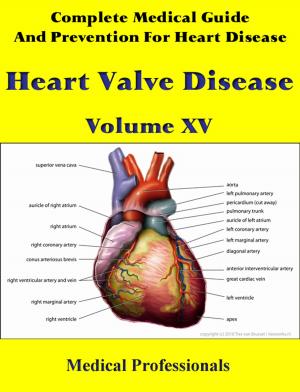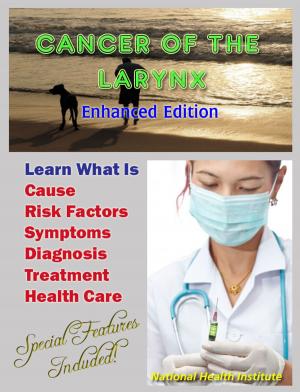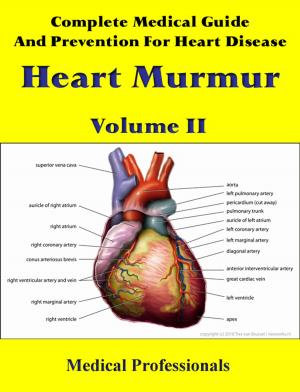Complete Medical Guide and Prevention for Heart Diseases Volume IV; Arrhythmia
Nonfiction, Health & Well Being, Health, Ailments & Diseases, Heart, Health Care Issues| Author: | Medical Professionals | ISBN: | 1230000037080 |
| Publisher: | MedHealth | Publication: | December 6, 2012 |
| Imprint: | Language: | English |
| Author: | Medical Professionals |
| ISBN: | 1230000037080 |
| Publisher: | MedHealth |
| Publication: | December 6, 2012 |
| Imprint: | |
| Language: | English |
Cardiac dysrhythmia (also known as arrhythmia or irregular heartbeat) is any of a large and heterogeneous group of conditions in which there is abnormal electrical activity in the heart. The heartbeat may be too fast or too slow, and may be regular or irregular. A heart beat that is too fast is called tachycardia and a heart beat that is too slow is called bradycardia.
Some arrhythmias are life-threatening medical emergencies that can result in cardiac arrest. In fact, cardiac arrythmias are one of the most common causes of death when travelling to a hospital. Others cause symptoms such as an abnormal awareness of heart beat (palpitations), and may be merely uncomfortable. These palpitations have also been known to be caused by atrial/ventricular fibrillation, wire faults, and other technical or mechanical issues in cardiac pacemakers/defibrillators. Still others may not be associated with any symptoms at all, but may predispose the patient to potentially life threatening stroke or embolism.
The term sinus arrhythmia refers to a normal phenomenon of mild acceleration and slowing of the heart rate that occurs with breathing in and out. It is usually quite pronounced in children, and steadily decreases with age. This can also be present during meditation breathing exercises that involve deep inhaling and breath holding patterns. Proarrhythmia is a new or more frequent occurrence of pre-existing arrhythmias, paradoxically precipitated by antiarrhythmic therapy, which means it is a side effect associated with the administration of some existing antiarrhythmic drugs, as well as drugs for other indications. In other words, it is a tendency of antiarrhythmic drugs to facilitate emergence of new arrhythmias. Some arrhythmias are very minor and can be regarded as normal variants. In fact, most people will on occasion feel their heart skip a beat, or give an occasional extra strong beat; neither of these is usually a cause for alarm.
Cardiac dysrhythmia (also known as arrhythmia or irregular heartbeat) is any of a large and heterogeneous group of conditions in which there is abnormal electrical activity in the heart. The heartbeat may be too fast or too slow, and may be regular or irregular. A heart beat that is too fast is called tachycardia and a heart beat that is too slow is called bradycardia.
Some arrhythmias are life-threatening medical emergencies that can result in cardiac arrest. In fact, cardiac arrythmias are one of the most common causes of death when travelling to a hospital. Others cause symptoms such as an abnormal awareness of heart beat (palpitations), and may be merely uncomfortable. These palpitations have also been known to be caused by atrial/ventricular fibrillation, wire faults, and other technical or mechanical issues in cardiac pacemakers/defibrillators. Still others may not be associated with any symptoms at all, but may predispose the patient to potentially life threatening stroke or embolism.
The term sinus arrhythmia refers to a normal phenomenon of mild acceleration and slowing of the heart rate that occurs with breathing in and out. It is usually quite pronounced in children, and steadily decreases with age. This can also be present during meditation breathing exercises that involve deep inhaling and breath holding patterns. Proarrhythmia is a new or more frequent occurrence of pre-existing arrhythmias, paradoxically precipitated by antiarrhythmic therapy, which means it is a side effect associated with the administration of some existing antiarrhythmic drugs, as well as drugs for other indications. In other words, it is a tendency of antiarrhythmic drugs to facilitate emergence of new arrhythmias. Some arrhythmias are very minor and can be regarded as normal variants. In fact, most people will on occasion feel their heart skip a beat, or give an occasional extra strong beat; neither of these is usually a cause for alarm.

